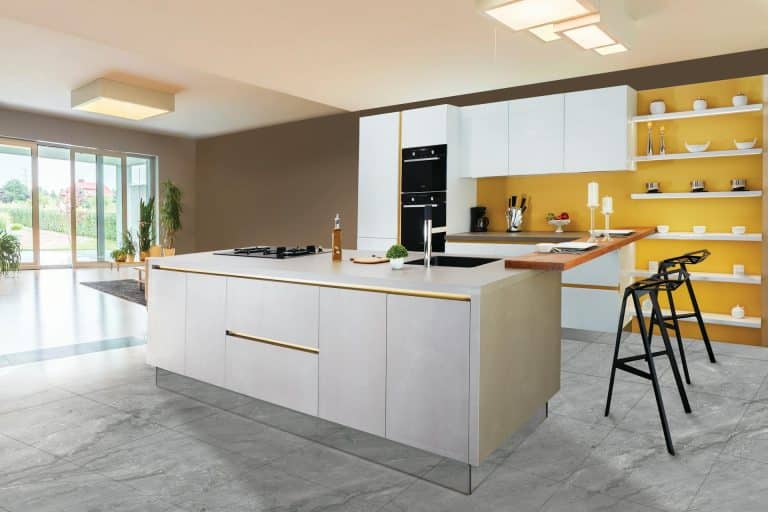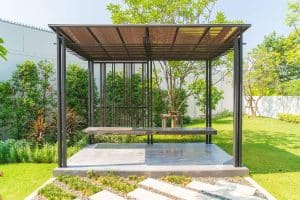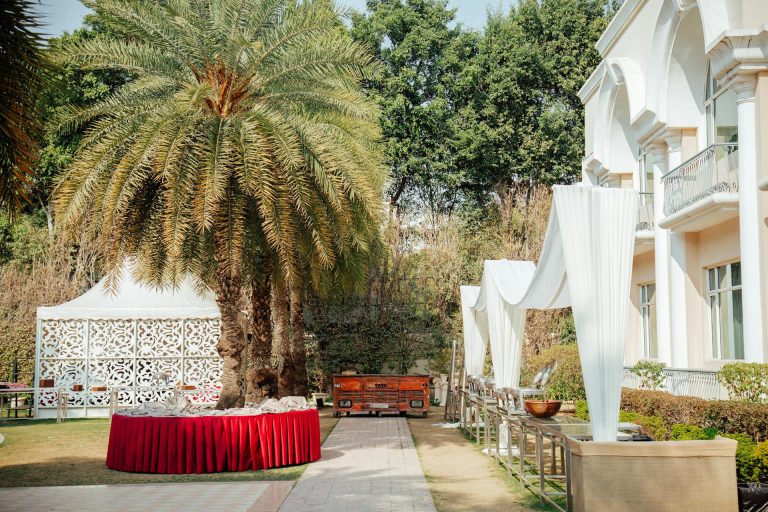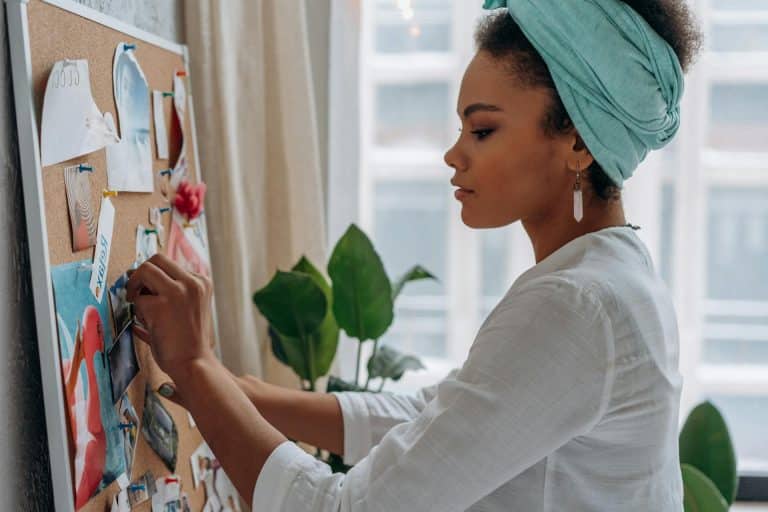Houston designers often look for fresh ways to bring character into kitchens without overwhelming the space. Two‑tone RTA cabinets provide that balance by adding contrast, depth, and style while still keeping the design practical and cost‑friendly. By pairing lighter uppers with darker lowers or mixing wood with paint, designers can create kitchens that feel open, grounded, and visually memorable.
This approach works especially well in Houston, where homes often blend modern layouts with traditional details. A two‑tone palette allows designers to define zones, highlight islands, and introduce personality without a full remodel. The result is a kitchen that feels custom yet accessible, which makes a strong impression in both small and large spaces.
As trends shift toward more personalized interiors, two‑tone RTA cabinets give Houston designers the tools to deliver unique kitchens that stand out. The right color mix, finish, and placement can transform a standard layout into a design feature that draws attention and adds long‑lasting value.
Designing With Two-Tone RTA Cabinets for Maximum Impact
Two-tone cabinetry allows designers to create contrast, define zones, and highlight architectural details in Houston kitchens. The right mix of colors, finishes, and accents can make RTA wood cabinets both practical and visually appealing.
Strategic Color Combinations for Houston Homes
Color choice plays a major role in how two-tone kitchens feel. In Houston, lighter shades such as white or cream on upper cabinets can reflect natural light and keep kitchens bright, while darker bases like navy, charcoal, or black provide grounding.
Designers often use white uppers with deep blue lowers because the combination feels timeless yet modern. Warm neutrals paired with wood tones also work well in homes that favor a softer, more natural look.
Climate also influences design. Since Houston has long summers, cooler tones like sage green or gray can create a refreshing atmosphere. On the other hand, pairing earthy tones with natural wood can add warmth without overwhelming the space.
For those sourcing RTA wood cabinets at Highland Cabinetry, the flexibility of color finishes makes it easier to mix shades that suit both traditional and contemporary homes.
Balancing Matte Finishes and Natural Wood Elements
Finish selection affects how two-tone cabinets look and function. Matte finishes hide fingerprints and smudges, which is practical for busy kitchens. Glossy finishes reflect light and work well in modern spaces, but they show marks more easily.
Natural wood elements balance painted cabinetry. For example, pairing matte black lowers with white oak uppers creates warmth without losing contrast. Walnut combined with lighter tones can bring depth and texture to the room.
Designers in Houston often combine matte finishes with natural wood to keep kitchens inviting and durable. This balance prevents the space from feeling too cold or too stark, especially in open floor plans.
Using wood accents also helps tie cabinetry to other elements such as flooring, trim, or shelving. The result is a cohesive look that feels intentional rather than forced.
Choosing the Right Hardware and Accents
Hardware and accents can make or break two-tone cabinetry. Simple pulls in brushed nickel or matte black often work best with modern designs, while brass or bronze hardware pairs well with warmer tones and traditional layouts.
Accents should connect the two cabinet colors. For example, using black hardware on white uppers and matching it with dark lower cabinets creates unity. Mixing finishes can also work if done carefully, such as brass pulls on wood cabinets combined with black handles on painted sections.
Lighting also plays a role. Pendant lights above islands or under-cabinet strips can highlight the contrast between tones. Coordinating fixtures with cabinet hardware creates consistency throughout the space.
The key is to keep accents purposeful. Too many competing finishes distract from the cabinetry rather than support it.
Highlighting Kitchen Islands With Contrasting Colors
A kitchen island often serves as the centerpiece of the room, so using a contrasting color makes it stand out. Designers frequently paint islands in bold shades like navy, forest green, or even black while keeping the surrounding cabinets neutral.
This approach works especially well in open layouts where the island acts as a visual anchor. It not only provides contrast but also defines the cooking and gathering area.
Pairing a darker island with lighter countertops can prevent the design from feeling heavy. On the other hand, a wooden island surrounded by painted cabinets adds warmth and texture.
Bar stools and pendant lighting can support the island’s color choice. For instance, black stools paired with a black island base tie the palette together, while natural wood stools can soften the overall look.
By treating the island as a focal point, designers create a layered design that feels balanced and functional.
Integrating Two-Tone Cabinets Into Modern Houston Kitchen Designs
Designers in Houston often use two-tone cabinets to balance style with function. Lighter uppers can open a space, darker lowers can add depth, and natural wood can soften painted finishes. These choices allow kitchens to feel more personal while still fitting into modern layouts.
Pairing Cabinets With Open Shelving
Open shelving works well with two-tone cabinets because it creates a smooth transition between colors and materials. Designers often place shelves above darker lowers to reduce heaviness and keep the kitchen from feeling closed in. Shelves also provide display space for dishes or decor, which adds personality without clutter.
In Houston homes, open shelving often pairs with lighter upper cabinets to maintain a bright, airy look. This approach helps kitchens with limited natural light feel larger. It also allows homeowners to showcase everyday items in a way that feels intentional rather than crowded.
The mix of closed storage and open shelving creates both function and design balance. Cabinets hide less attractive items, while shelves highlight pieces that match the overall style. This combination keeps the kitchen practical but visually interesting.
Improving Visual Interest Through Layout
Two-tone cabinets can change how a kitchen feels simply through layout. Designers often use darker bases to ground the space and lighter uppers to draw the eye upward. This contrast creates depth, which can make even a smaller kitchen appear more open.
In a Houston layout with an island, designers may use a different cabinet color for the island base. This separates the island visually from the perimeter cabinets and gives the kitchen a layered look. It also defines the island as a central gathering spot.
Placement matters as much as color. For example, pairing tall pantry cabinets in a darker shade with lighter uppers nearby creates balance without overwhelming the room. Each decision about layout helps the two-tone design feel intentional rather than random.
Blending Painted Cabinets and Wood Tones
Mixing painted cabinets with natural wood brings warmth to modern kitchens. Painted uppers in white or soft gray often pair well with wood bases, which add texture and depth. This balance prevents the space from feeling too sterile or too rustic.
Designers in Houston often use stained oak, walnut, or maple alongside painted cabinets. The wood tones connect the kitchen to natural elements, while the paint keeps the design fresh and clean. This mix works in both contemporary and transitional spaces.
Hardware choices also influence how painted cabinets and wood tones interact. A consistent finish across handles and pulls ties the two materials together. The result is a kitchen that feels cohesive without looking uniform, which is the main strength of two-tone cabinets.
Conclusion
Two‑tone RTA cabinets give Houston designers a practical way to add depth and character without a full remodel. By pairing light and dark tones, they can create balance, highlight focal points, and make kitchens feel more open.
This design choice also supports both modern and traditional styles, making it flexible for different client needs. Darker bases hide wear, while lighter uppers keep the space bright and fresh.
As a result, two‑tone cabinets provide style, function, and long-term appeal, making them a smart tool for designers who want to leave a lasting impression.













